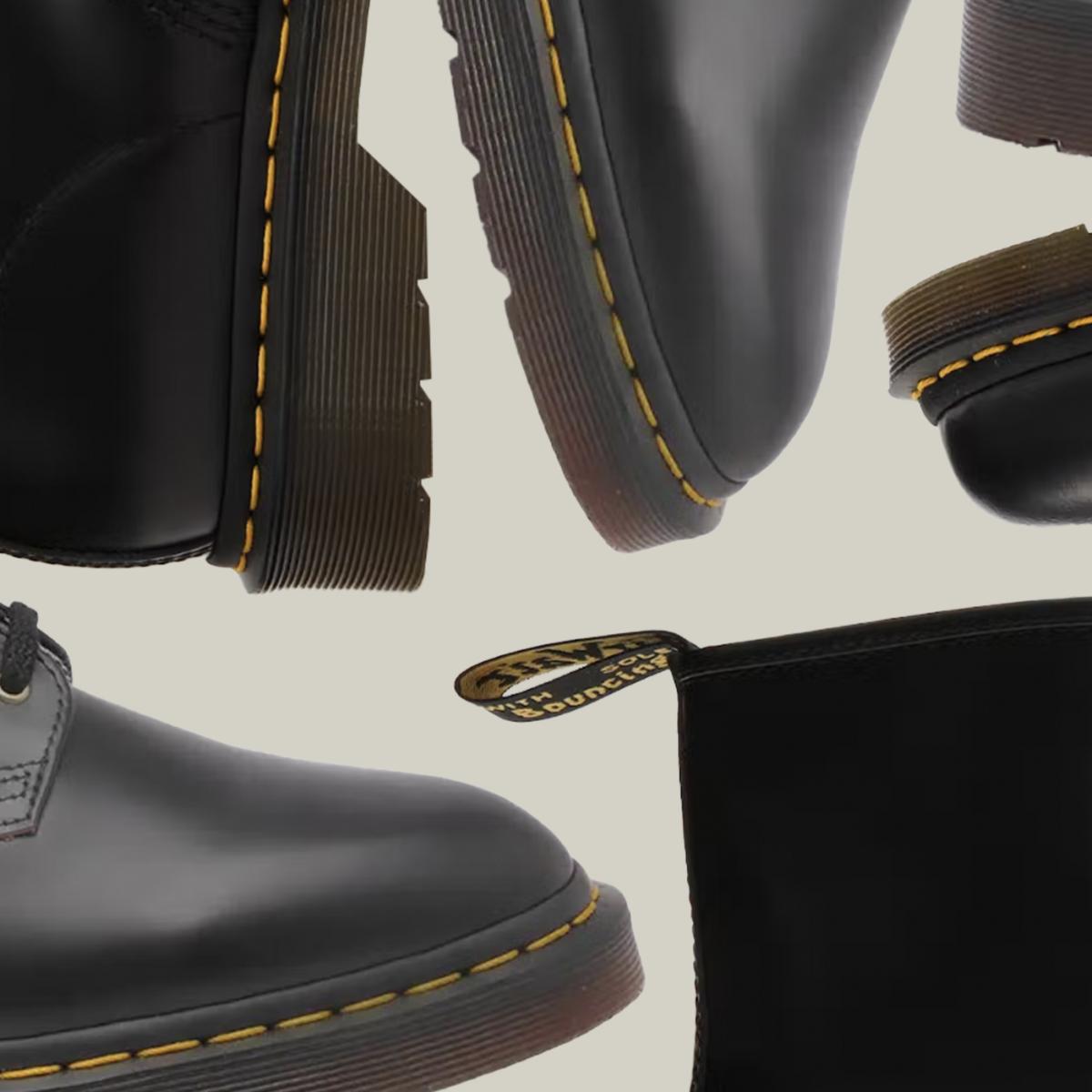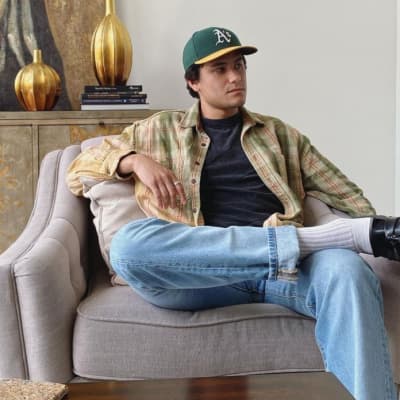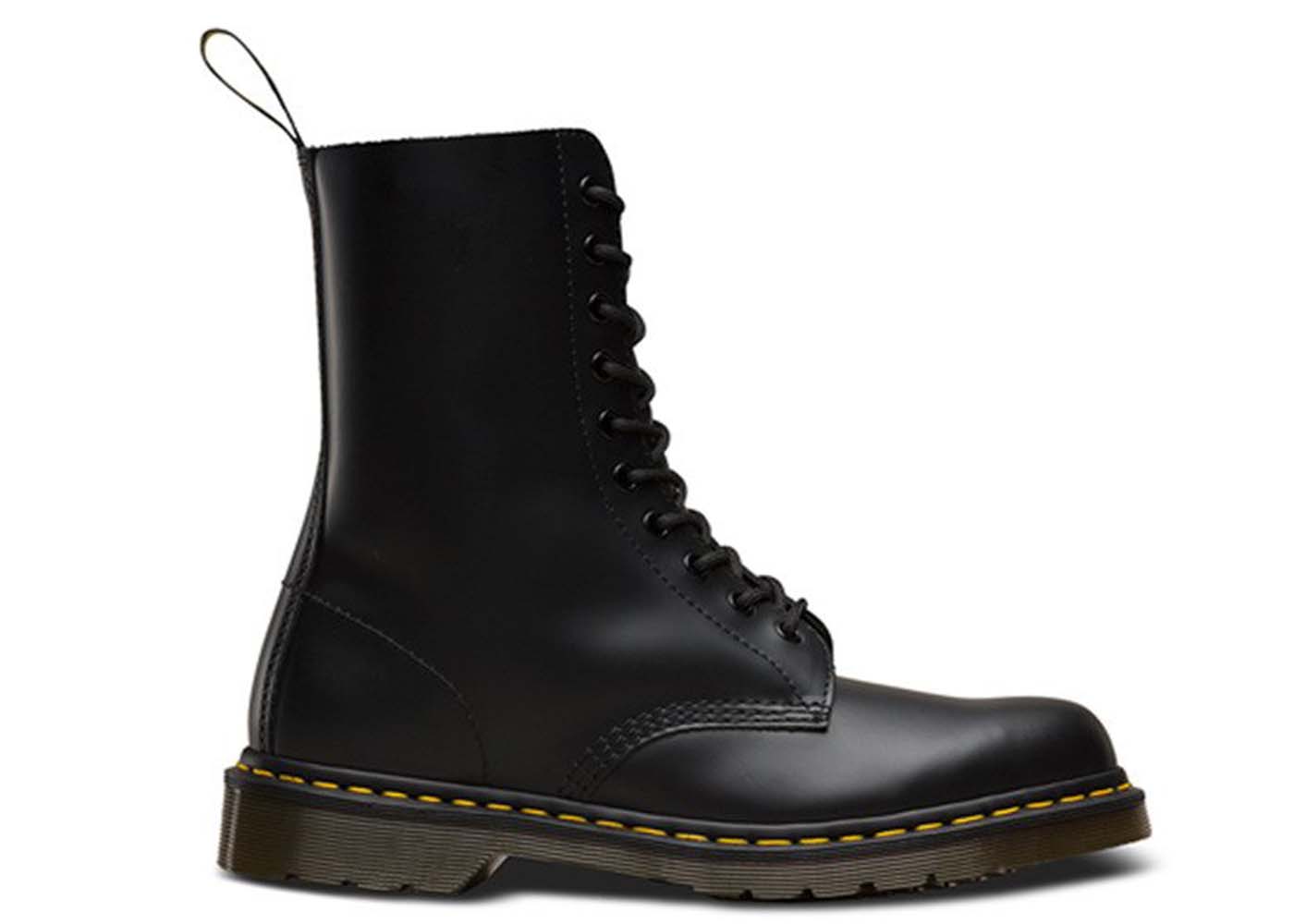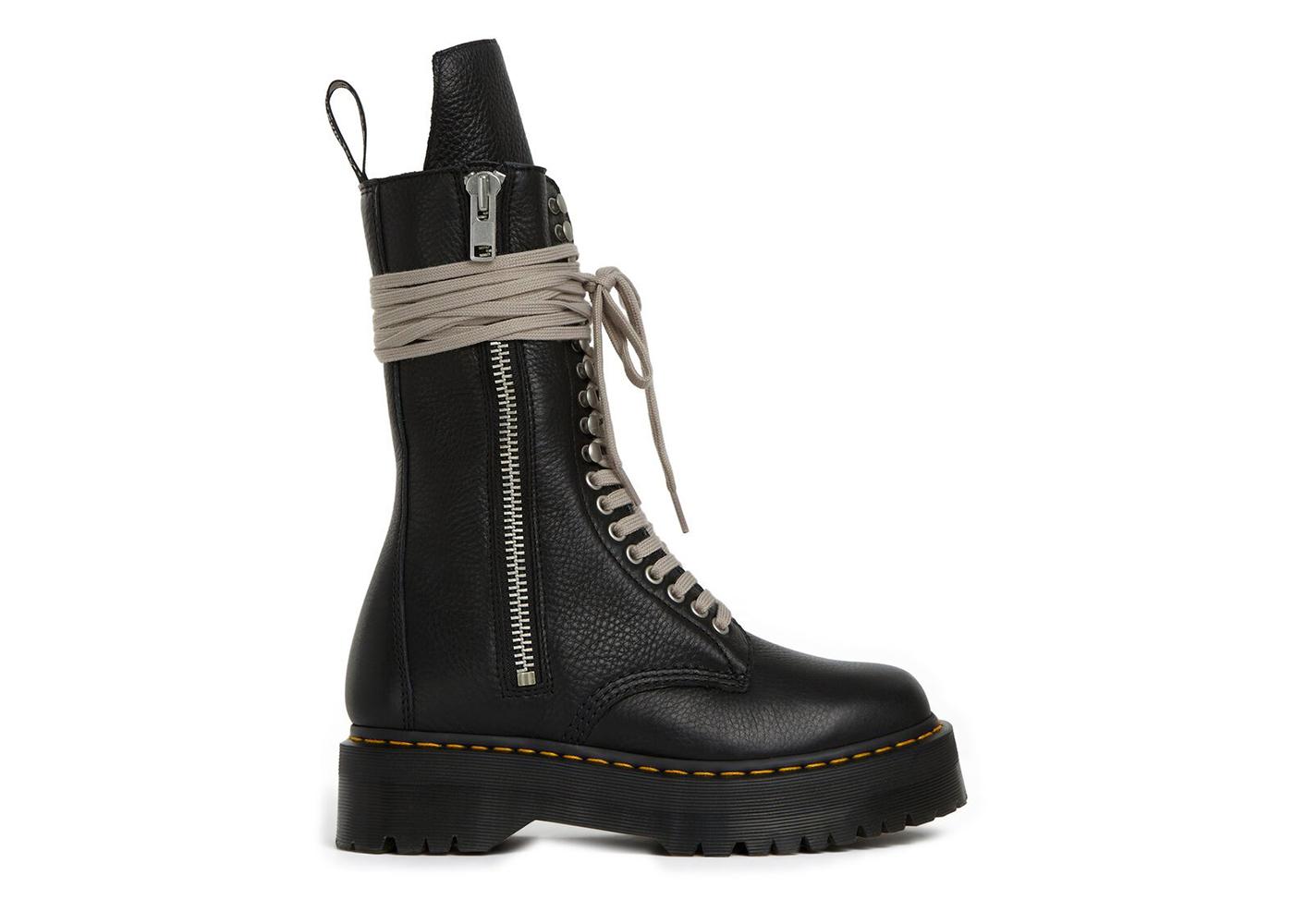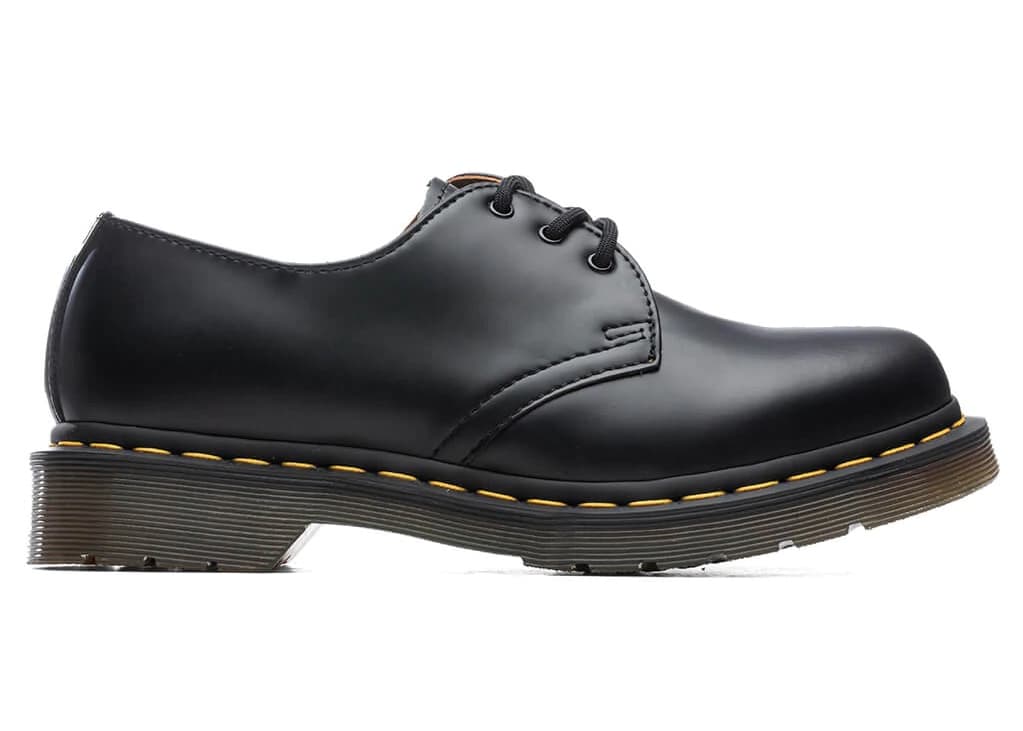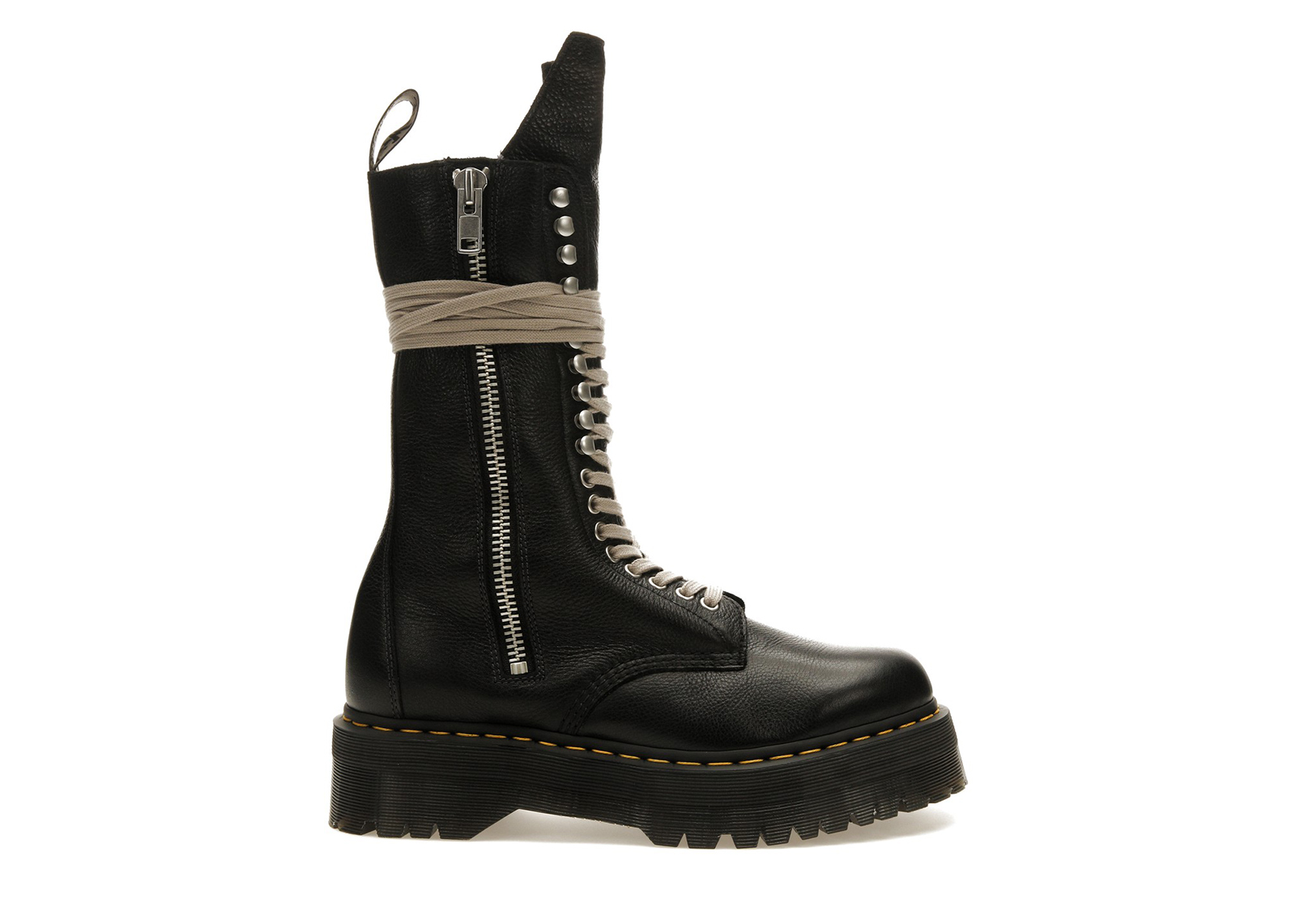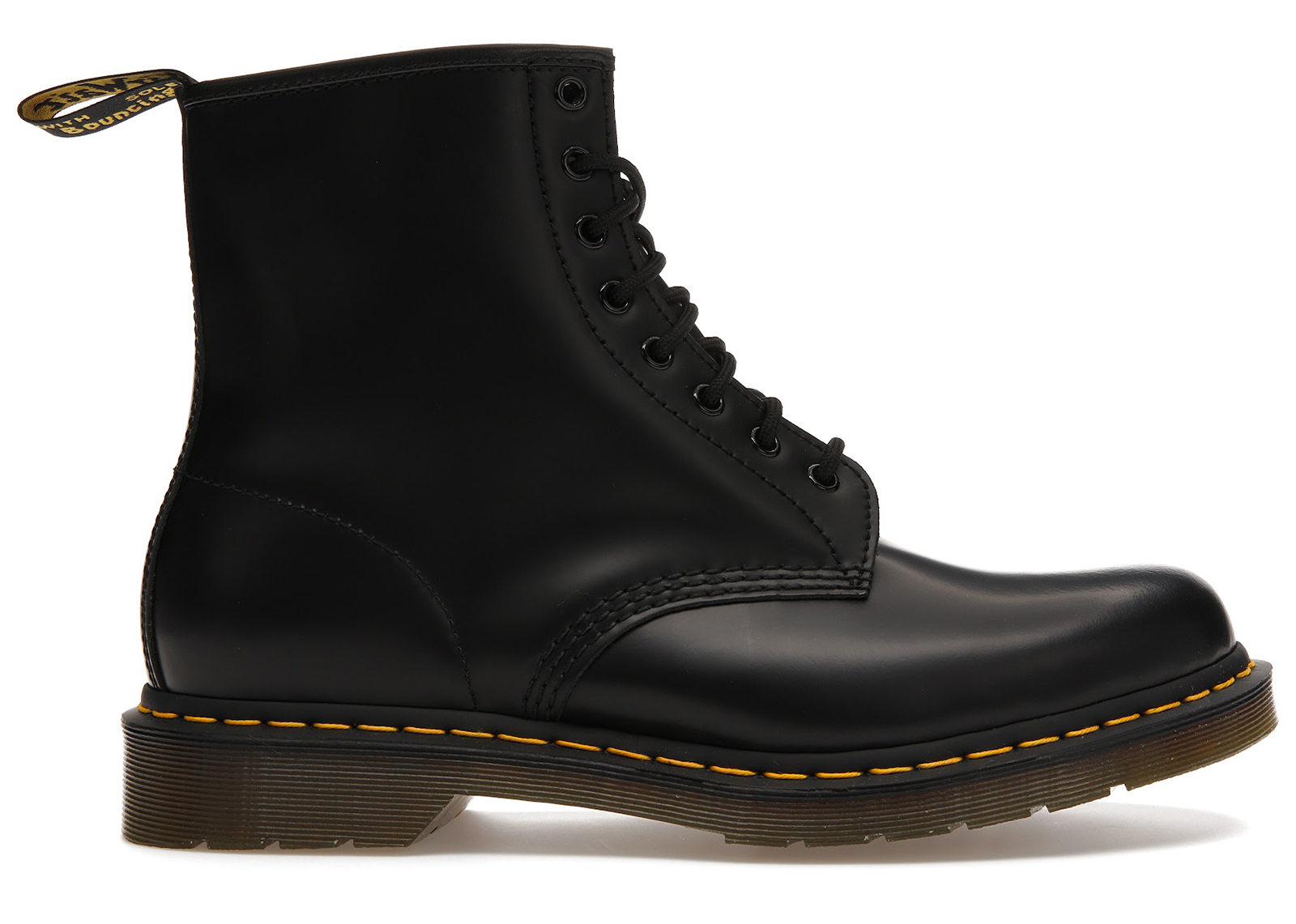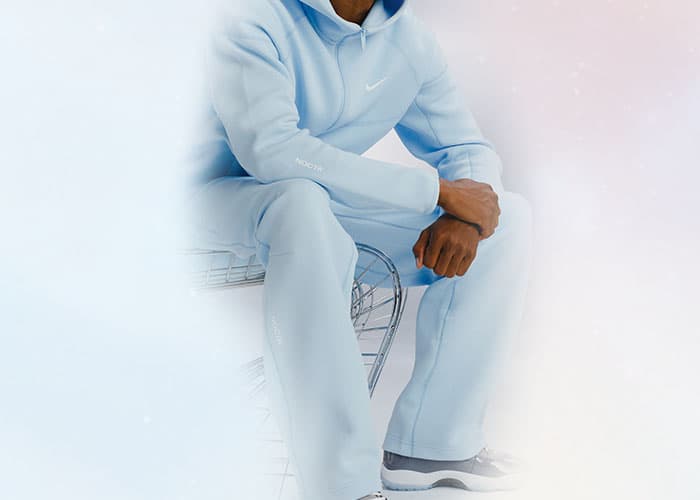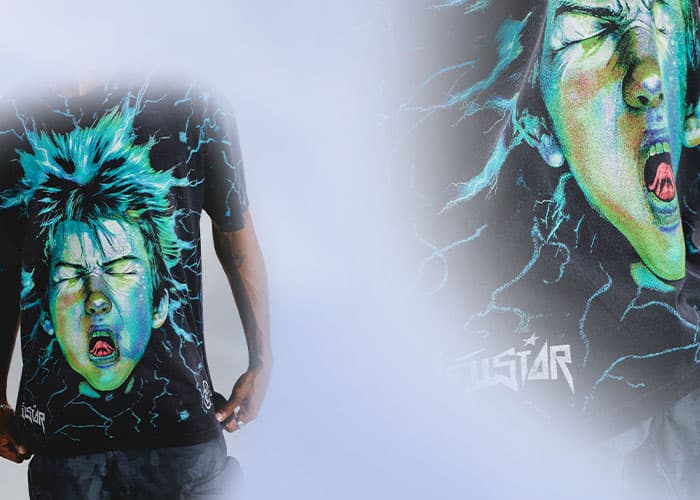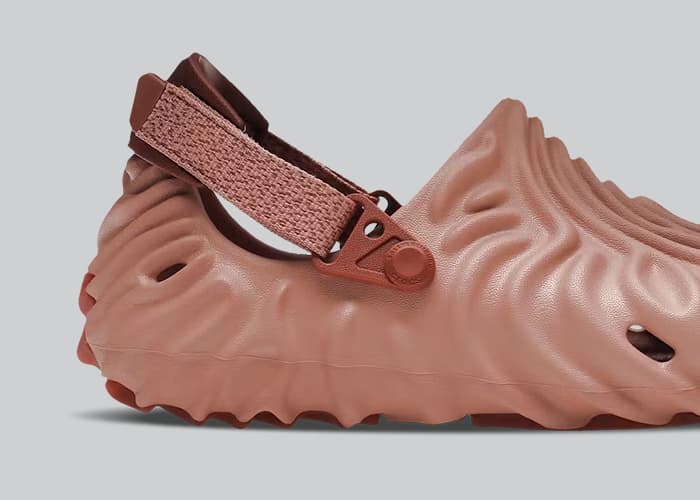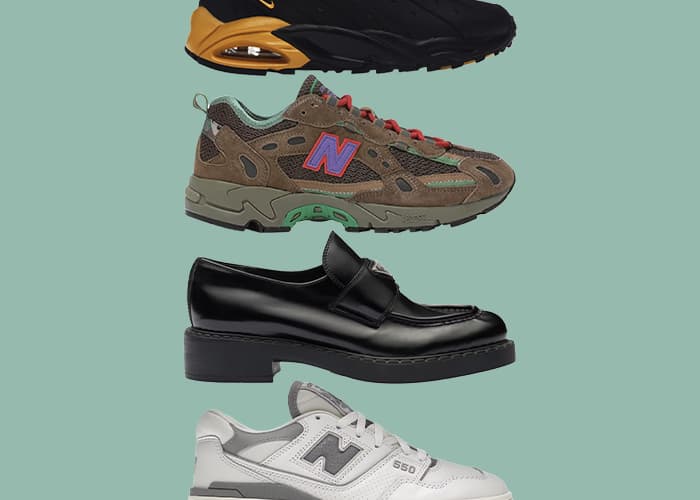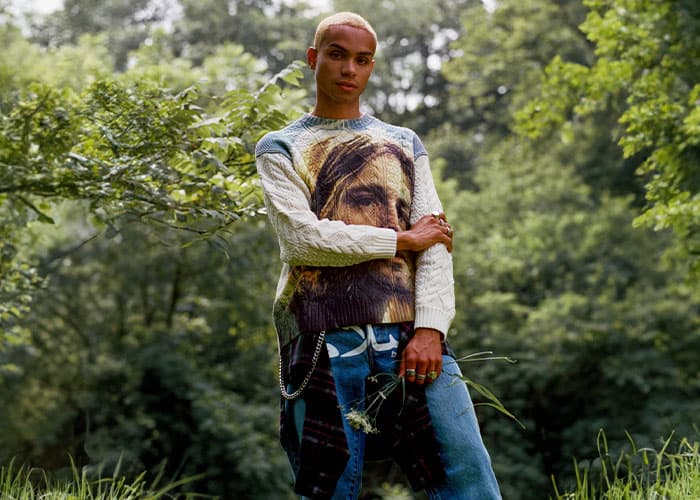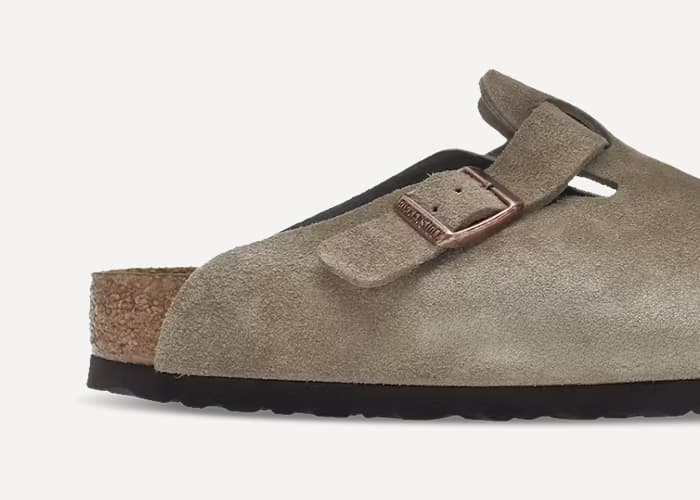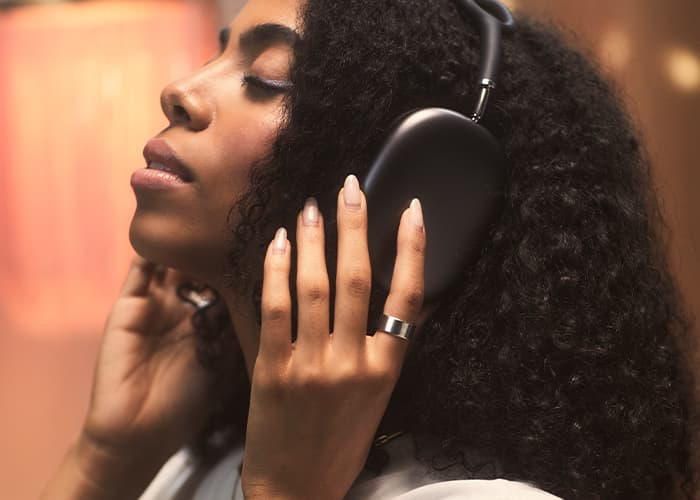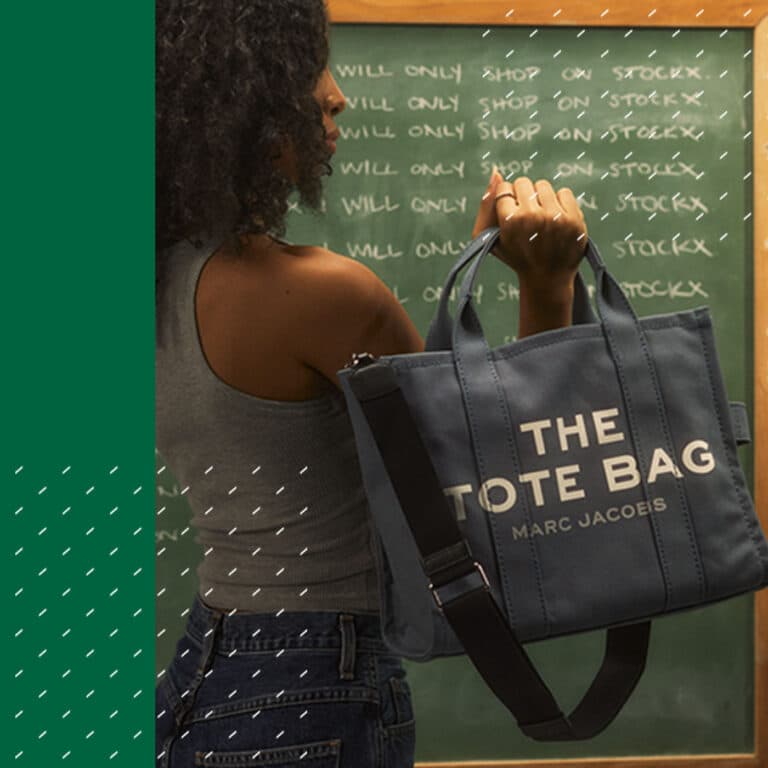“The Filth and Fury” is the story about how a toothache from Queen’s Freddy Mercury spiraled into a now world-renowned interview on live television with The Sex Pistols, placing punk as public enemy number 1 in the U.K., and subsequently, the Dr. Martens 1460 8-eye boot. While this may seem like a stretch, the connecting threads between Dr. Martens, The Sex Pistols, and public outcry against punk couldn’t be clearer.
In December 1976, Queen pulled out of a scheduled TV interview after Freddy Mercury’s teeth caused him so much pain, that the network frantically pulled together The Sex Pistols to fill the spot. What followed was a 2-minute interview with the revolutionary punk band that contained spits of profanity and chaos unprecedented for a widely conservative audience in England. The papers inevitably ran with the fiasco. The Mirror published a full front page spread with the headline: The Filth and Fury, instilling fear in parents fueled by a media scare set against The Sex Pistols and punk music as a whole.
The Sex Pistols, alongside other bands like The Clash, often wore Dr. Martens boots on stage, kicking off a trend that is still popular in youth cultures and countercultures today. Transcending their original purpose as a functional, blue-collar staple, the boots quickly became synonymous with a subculture that was turning concerned heads throughout the 1970s.
The Sex Pistols in Amsterdam, January 1977
photographed by Steye Raviez pic.twitter.com/HhH8BWsmVl— PuNk and Stuff (@PunKandStuff) January 16, 2019
Here’s a cultural deep dive into how Dr. Martens became the poster of rebellion and anarchy, beginning with The Filth and the Fury and taking us to today, with legendary collaborations with designers like Rick Owens.
From Humble Blue Collar Beginnings to Rebellious Youth
Dr. Martens — often just referred to as Docs — first arrived in the 1960s as functional footwear for blue-collar workers. The boots were invented by a German physician, Klaus Martens, who created them for his own comfort while recovering from a broken foot. The boots featured a sturdy sole and a comfortable fit, making them ideal for workers who spent long hours on their feet. The first Dr. Martens boots were made in a factory in Northamptonshire, England, and were marketed as work boots.
In the 70s, however, Docs found a new home with the growing counter-culture movements in the United States and England. Skinheads, punks, anarchists — all united under a culture fueled by heavy riffs at underground shows, disillusionment with the political and economic environments of the day, and of course, fashion.
The fashion at the time time directly represented the attitude and outrage in the music. Jon Savage, a renowned music journalist, wrote for Time Magazine that the punk movement fueled deconstruction and self-starter empowerment.
“The forward, unitary motion of the 1960s pop modernism was gone, and in its place came an eclectic, restless, uprooted culture,” Savage wrote.
Dr. Martens became a staple piece for the counterculture that represented this movement perfectly. The boots were often customized with studs, spikes, and graffiti to make a statement — paired with tighter jeans, leather jackets, black makeup, and a DIY aesthetic that was at odds with the bell-bottom, cleaned-up pop look of the 1960s.
Standing the Test of Time
Despite the decline of punk music in the 80s and 90s, Dr. Martens continued to dominate in fashion through other sub-genres of music like hardcore in the 90s, emo in the 2000s, and later the high street. The distinctive style of the boots has played a big role in their continued relevancy. Most Dr. Martens boots and loafers feature a smooth leather upper and an almost translucent alloy of PVC on the sole. The two materials are married with the iconic yellow stitching that holds the boot together, featured on a majority of designs today. The yellow stitching, chunky designs, and bulbous silhouette make Docs an enduring symbol of rebellion and non-conformity, even nearly 50 years after The Sex Pistols struck fear in the hearts of parents.
Today, Doc Martens have undergone a revival among Gen Z fashion buyers. The resurgence of counter-culture in fashion has brought Dr. Martens back into the mainstream, aided in part by the resurgence of punk and emo music. With Y2K in the middle of a renaissance, Gen Z, like their parents before them, are falling in love with Docs. Collaborations with The Sex Pistols, Rick Owens, and Raf Simons have all helped revive the music that made Docs popular but also extends the boots’ reach to fashion-forward audiences.
Trends Come and Go, But Docs Remain
Fashion is cyclical, following a natural cycle of trends that flow in and out of popular conciseness. Docs, however, have tended to endure this cycle of boom and bust relatively unscathed.
Take the Dr. Martens’ Adrian Tassle Loafer or the 1461 derby as perfect examples. Both of these boots, while different from the classic combat boot silhouette, have found a home in streetwear, popular with consumers who wear workwear/normcore-inspired outfits from brands like Aime Leon Dore, Golf, and Noah. Even without fully grasping the rich history of Docs in the counterculture movements of the 70s, the brand continues to release styles that resonate with young people today. It’s a poetic representation of what Dr. Martens has always represented — giving people a platform for representation through their style. As we’ve seen over the past few years, this idea isn’t limited to just punk anymore.
Just like the boots represented during its blue-collar days, Docs are made for everyone and anyone, regardless of wealth and status. Designer boots can range from $400 to $1,400, making some of the bigger brands unattainable for the average consumer. Dr. Martens retail for around $130, and most styles don’t break $200 at the retail price, making them a perfect first pair of boots for anyone looking to try new footwear in their rotations. With a plethora of styles and colorways, there is certainly a pair of Docs for everyone, obtainable without breaking the bank.
From the moshpits of underground shows across the world to the feet of celebrities like Tyler, the Creator, and Bella Hadid — Dr. Martens has shared elbow room with companies like Nike and adidas for decades, an enduring legacy that will surely continue in the future. One day in the not-too-distant future, Anarchy in the U.K. will engulf the eardrums of a young kid on his way to buy their first pair of Docs, a perfect representation of the enduring legacy of a boot that has captivated generations.


